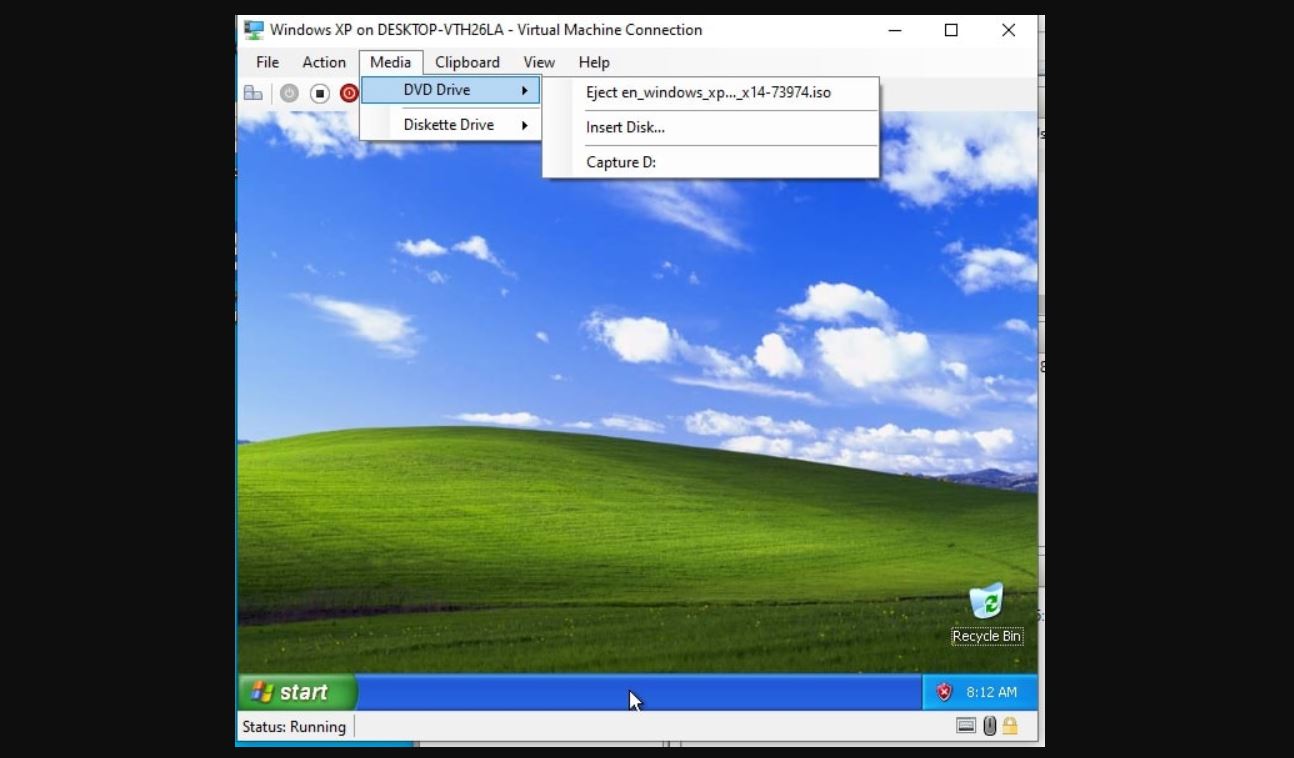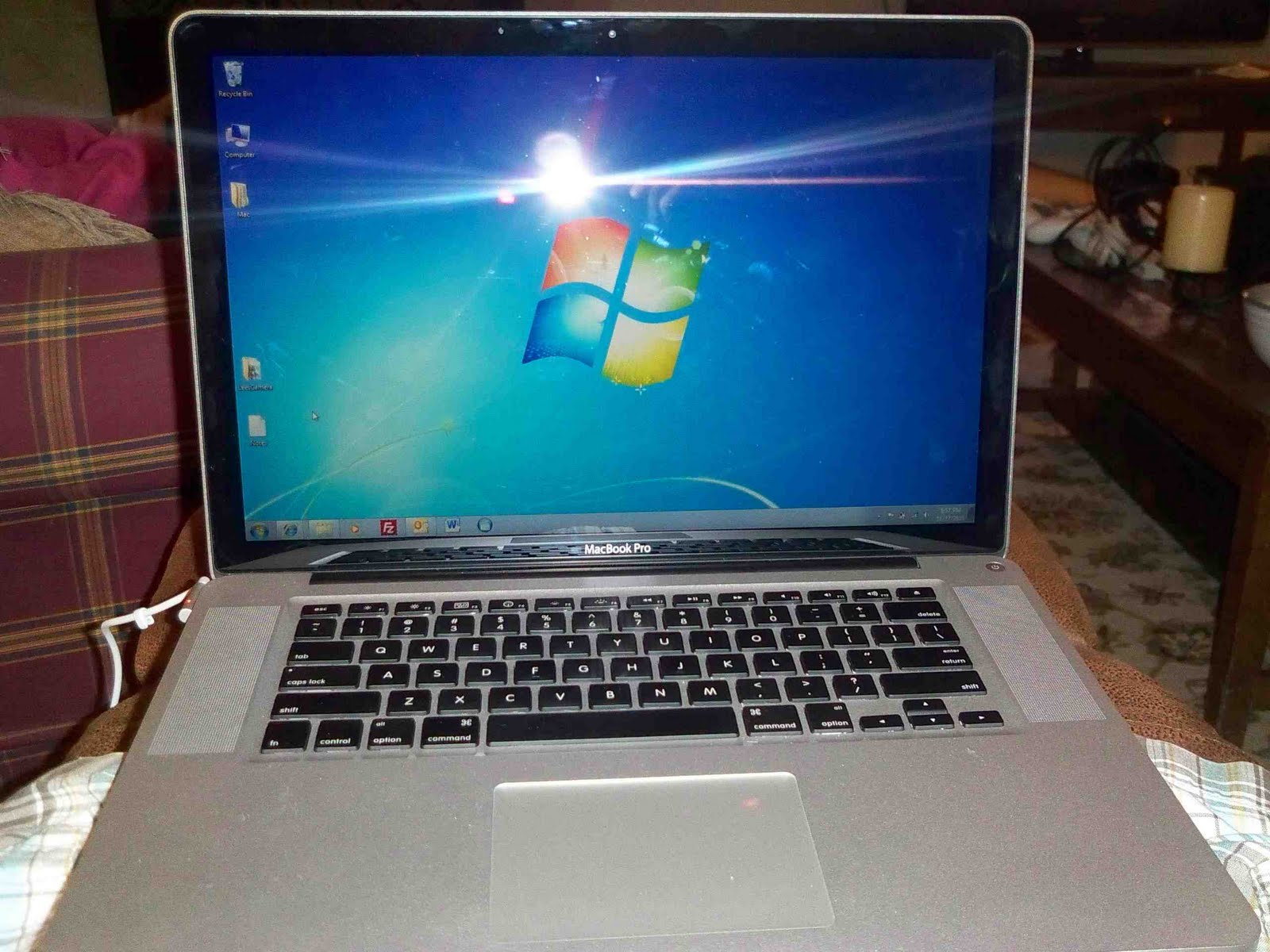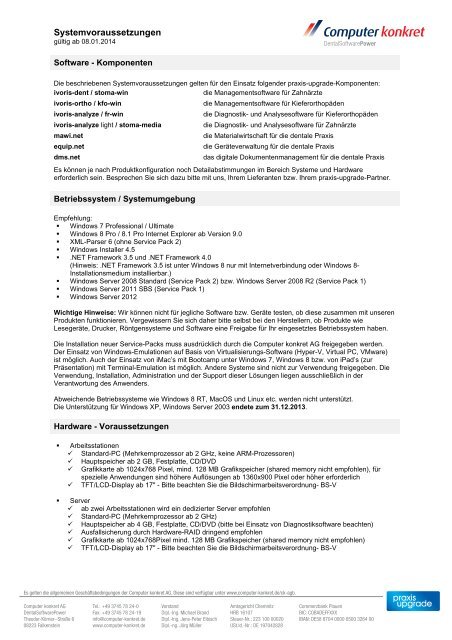

- #Windows xp sp2 emulator for mac mac os x#
- #Windows xp sp2 emulator for mac install#
- #Windows xp sp2 emulator for mac software#
Parallels Desktop offers a variety of settings that enable you to tailor its performance and options to your liking.
#Windows xp sp2 emulator for mac install#
You can then install Windows within the virtual machine just as though you were installing it on a PC.

) After installing it, you can set up a virtual machine for Windows (or the OS of your choice) in a matter of minutes.

(You can save $10 by using a coupon included at the end of the ebook version of Is a commercial application that costs a mere $50. This setup screen for Parallels Desktop asks you to choose the OS type and version for the virtual machine you’ll be running on your Mac. Beyond these superficial similarities, though, the two programs differ in several important respects.
#Windows xp sp2 emulator for mac mac os x#
(Microsoft does still sell Virtual PC for PowerPC Macs.) Luckily, other developers have taken on the challenge, and you can now choose from two virtualization tools that enable you to run Windows within Mac OS X on an Intel Mac: Parallels Desktop and Q.īoth tools share several basic features: you can install and run multiple operating systems (even at the same time) you can run a guest OS in its own window or in full-screen mode you can share files between the host OS and the guest OS much of the hardware attached to the computer is available to the guest OS you can pause (or “suspend”) a guest OS, saving its state so that you can quit the virtualization application but then retrieve it quickly with everything just as you left it (somewhat like putting a Mac to sleep and waking it up) and you can move the disk image containing your entire Windows environment to another Intel Mac if necessary and run it there without modification. However, for reasons known only to Microsoft, no version of Virtual PC for Intel Macs exists yet. After all, it should be easier than what they had to do before, since the emulation problem is gone. The transition to Intel chips, conventional wisdom held that Microsoft would quickly adapt Virtual PC to provide virtual machines for Windows on Intel Macs. A virtual machine tricks the guest OS into believing it has direct access to the machine’s CPU and other hardware, and it emulates any physical devices (such as sound cards) that might be different between platforms. Another reason is that Windows expects to have direct access to your hardware, but the host OS (Mac OS X in this case) controls the hardware. One reason is that apart from the CPU, there are still other hardware differences between Macs and PCs and thus other hardware components that must be emulated. However, to run Windows within Mac OS X, you still need a virtual machine. Intel Macs have the same type of CPU as PCs, so processor emulation is no longer necessary. Because the Mac’s CPU has to do its own work while also mimicking a completely different type of processor, Windows running within Virtual PC on a PowerPC Mac is invariably quite slow.
#Windows xp sp2 emulator for mac software#
Operating system (to distinguish it from the main OS the computer is running, called theīut Virtual PC is also an emulator-that is, software that simulates specific hardware so that a CPU can run a different OS than the one it was designed for. , and an operating system that runs inside that virtual machine is called a

When virtualization software is running, the environment it creates for another operating system is called a Any program that provides a way for one operating system to work within another can be called


 0 kommentar(er)
0 kommentar(er)
